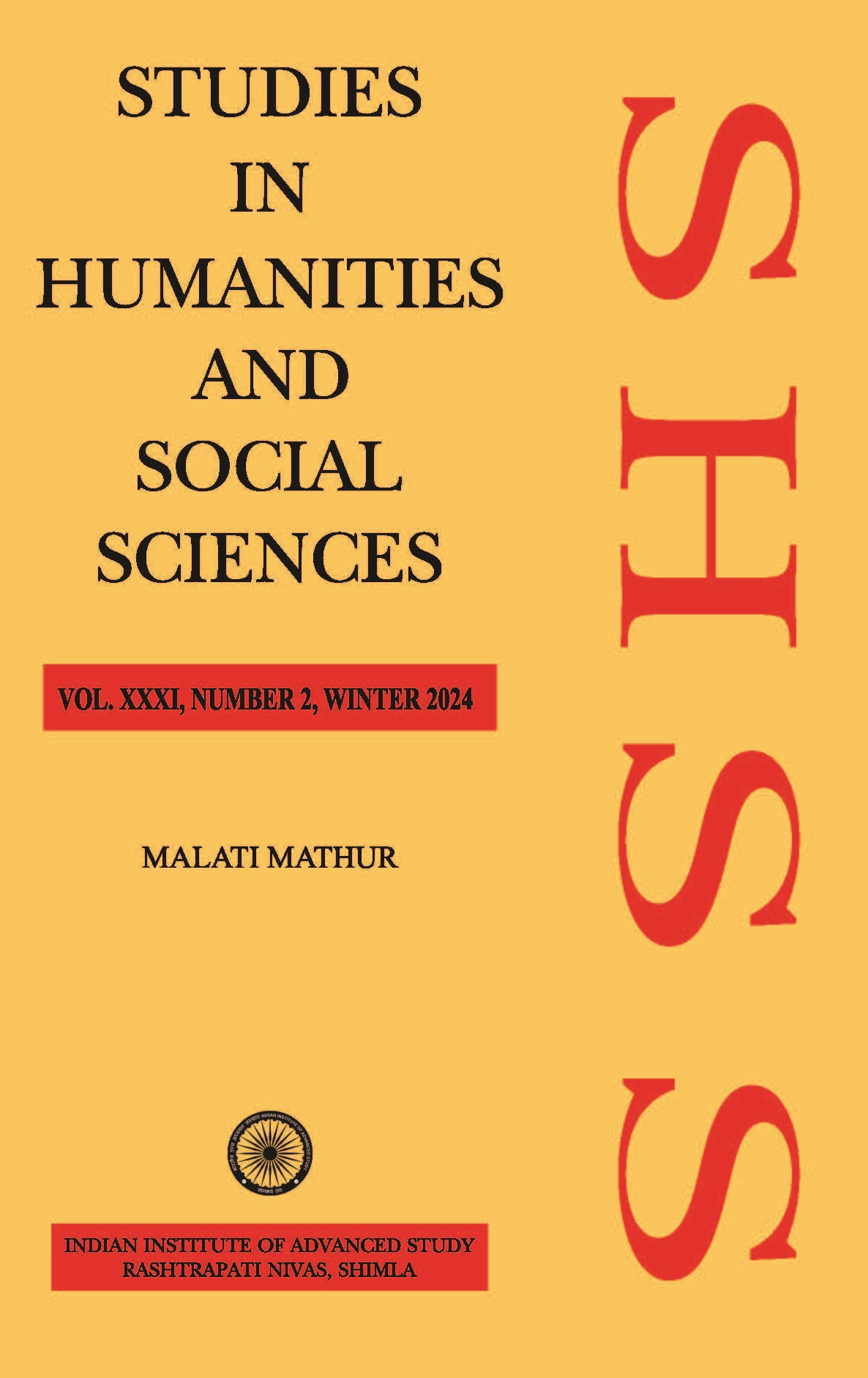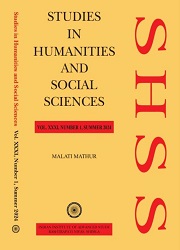How Utopic are the Green Spaces in Dattani
Situating Hope in Indian Urban Family Dynamics
Keywords:
botanical metaphors,, theatre,, hope,, utopia,, urban,, familyAbstract
The plays of Mahesh Dattani revolve around the destabilization and subversion of conventional historical modules of Indian urban hopes – hope, the quintessential universal human value. They make visible lived lives of the middleclass city dwellers whose visions of ideal life, society and domesticity remain under-noticed and unquestioned: Conjoined twins, cancer patients, a male dancer, women dreamers in Dattani’s texts display various modes of hoping. Theoretical frameworks on the relationship between hope and utopia have posited three modes of hoping: non-utopian, anti-utopian, and utopian. Since hope is both a source and a product of a thriving society, it is necessary to trace hope in an otherwise dystopic Indian urban context, especially when it is attached to muffled voices, marginalized subject positions, fragmented identities and contested dreams. If Dattani wishes to map hope against hope, he needs to do so metaphorically, and the most convenient language for couching hope is the language of the botanical metaphor. Literature in general and theatre in particular has used botanical references to express hope. Even the most problematic play on hope like Waiting for Godot offers sprouting leaves. Dattani is no exception albeit his botanical metaphors are (perhaps) the most complex metaphors for hope. While most of his plays are meant to be staged within the four walls of a house or hotel building sans botanical references, Where There’s Will, Dance Like a Man and Bravely Fought the Queen offer almost dead-ending greenscape(s). These green spaces -- rare, illusive, fleeting, and insufficient – are powerful tools to comprehend the routinized monotonous lackluster hopes of the modern fractured identities of Indian urban families. These unaccustomed hopes must be identified and critiqued with a concern to revive and foster transformative hope to combat the everyday dystopias of urban social violence, coercion, distortion, marginalization, and oppression. The present study, therefore, takes up Dattani’s Where There’s Will, Dance Like a Man and Bravely Fought the Queen to read and analyze the represented greenscape(s) as metaphor(s) of hope. In so doing, it problematizes the very nature of marginalized middle-class urban hoping frameworks.



